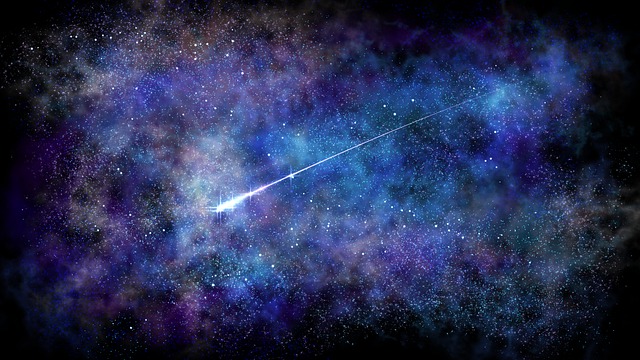 |
Detection of fast meteoric phenomena. The project aims to prepare a novel instrument that records the total brightness of the sky at a high, 100Hz frequency. In the measured signal we want to detect moments of meteor flights, so it will be possible to analyze the rotation and gradual combustion of meteors releasing various elements. The device, after initial tests in Poland, is planned to be installed in our remote observatory Otivar in Spain. The research is aimed at obtaining information on the composition profile of small objects burning in the atmosphere. |
|
Solar radio burst detection and prediction. Project in cooperation with the Department of Heliophysics and Space Physics, Institute of Astronomy, University of Wroclaw (Prof. Dr. h. Pawel Rudawy). The Department of Heliophysics and Space Physics has begun to develop an infrastructure for observing the Sun with radio telescopes and monitoring solar indicators F10.7 (2800 MHz) and F30 (1000 MHz). The F10.7 radio emission is mainly emitted by plasma with properties typical of the low solar corona and upper chromosphere, reflecting processes in layers crucial for all types of active phenomena on the Sun. Our goal is to apply Machine Learning to find links between the F10.7 change and solar radio bursts and their early detection. The goal in the future is to find methods for predicting in advance dangerous solar radio bursts to Earth's infrastructure and including them in an early warning system for dangerous phenomena on Earth. |
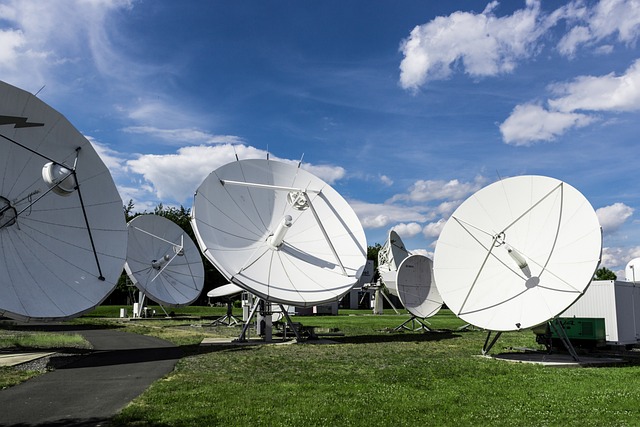 |
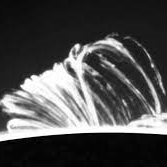 |
Analysis, cataloging, and classification of solar prominences. The aim of the project is to prepare a database containing classified prominences, according to categories with special emphasis on eruptive phenomena (location, H-T, A-T curve, type, and approximate duration). In addition, the division of prominences into: quiescent (lifetimes of tens of days), activated (days), and eruptive (hours). Analysis of the observed prominences will be carried out in various lines, including UV or H-alpha hydrogen lines. A tool will be prepared for the classification of prominences to detect the structures present. The long-term goal of the project is to develop a solution for the automatic classification of prominences, based on broad Machine Learning. |
| In our ML-astro project the main task is to answer the questions: (1) are the machine learning methods able, after an appropriate training process, to support night observations with small telescopes so that their images are as close as possible to those obtained with an instrument of a much larger collecting aperture and better optical quality? (2) is it possible, with additional minimal tuning, to use a pre-trained autoencoder to improve images from another small telescope with very different imaging properties (different construction, focal length, pixel size)? | 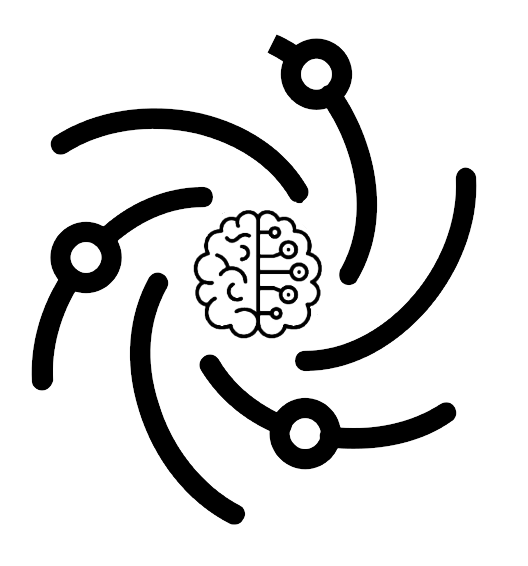 |
 |
The ExoClock project aimed at monitoring the times of exoplanetary transits for the purposes of the future ARIEL mission. In this project, we make long (several-hour) observations aimed at photometric measurement of selected stars for which a slight (1% or lower) decrease in the brightness of the object is expected. The predicted and measured transit times are compared to better utilize ARIEL's future time. |
| The TESS (Transiting Exoplanet Survey Satellite) mission allows us to discover new exoplanets by analyzing the photometric measurements of objects in large areas of the sky. Potential discoveries are then verified by ground-based observatories - the so-called Follow-Up. We are pleased to be part of the TESS mission support group, both observing potential new exoplanets with our own equipment and processing data from 1-meter telescopes from the LCO robotic observatory (Las Cumbres Observatory) | 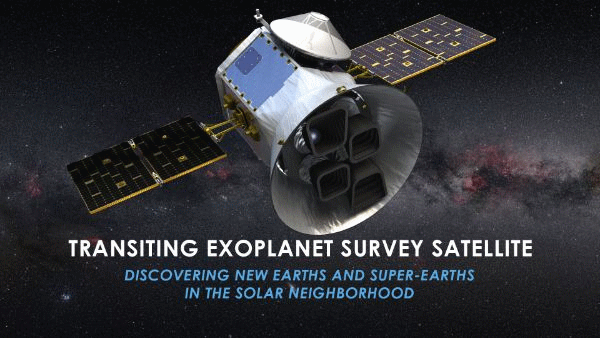 |
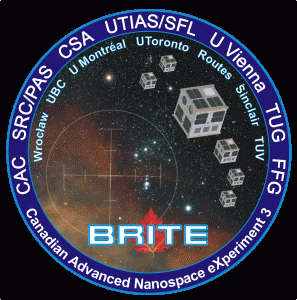 |
The BRITE (BRIght Target Explorer) Constellation is a network of five nanosatellites to investigate the stellar structure and evolution of the brightest stars in the sky and their interaction with the local environment. Micropulsation, wind phenomena, and other forms of stellar variability are recorded via high precision photometry in two colors (red and blue). For the BRITE mission, we provide algorithmic solutions to process raw images sent from satellites into ultra-precise photometric lightcurves. |
| In the INTUITION 1 project conducted by KP Labs (Gliwice, Poland), we design observation optics for a 6U micro-satellite, the task of which will be hyper-spectral observation of objects on the Earth's surface. This satellite will incorporate smart AI-assisted algorithms for on-board classification of the observed objects to rapidly identify potential risks. The project is supported by NCBiR and the launch of the satellite is expected in 2023. | 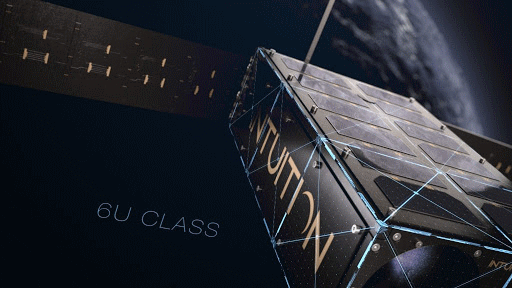 |
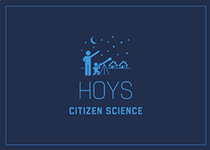 |
The HOYS science project works with amateur astronomers on long-term photometric monitoring of young stellar clusters to find outbursting and other interesting objects for detailed follow up as well as the study of star and planet formation processes. We constantly supply the project with our photometric measurements in BVRI bands of the most interesting stellar fields. |
| The GRANDMA (Global Rapid Advanced Network Devoted to the Multi-messenger Addicts) is an international scientific collaboration of astrophysicists that work on the gravitational wave (GW) astronomy. The Kilonova-Catcher project within GRANDMA is the follow-up of kilonovae candidates registered by the The Zwicky Transient Facility. | 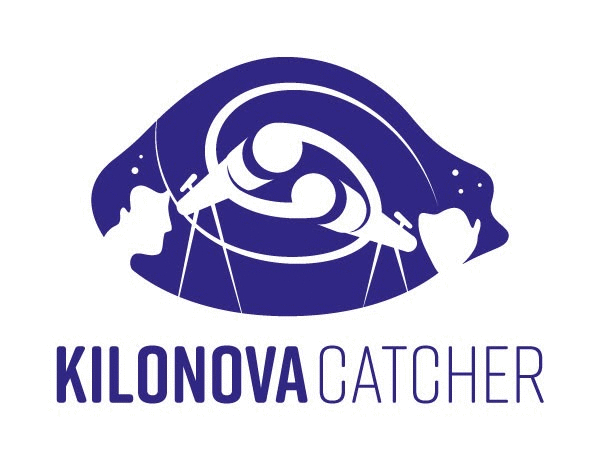 |
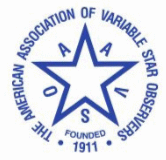 |
The AAVSO (The American Association of Variable Stars Observers) is a non-profit worldwide scientific and educational organization of amateur and professional astronomers who are interested in stars that change in brightness—variable stars. As an independent, private research organization headquartered in Cambridge, Massachusetts, with active participants in more than 100 countries, and an archive of over 34 million variable star observations, it is the world’s largest association of variable star observers. We received the award at 110th Annual Meeting of AAVSO (Sept. 2021) for submitting 1,000 observations. |
| BHTOM (Black Hole TOM, https://bhtom.space) is a versatile web-based system for facilitating time-domain astronomy. The service provides scientific community with a high-quality light curves of time-varying astrophysical objects and transient events, including microlensing events, supernovae, quasars as well as typical variable stars. BHTOM also allows for an easy and convenient follow-up of interesting targets detected by the ESA's Gaia Space Mission. Black Hole TOM provides a unique possibility to gather uniformly processed photometric data collected with a heterogeneous network of telescopes spread all around the globe, ranging from small amateur instruments, up to state-of-the-art modern robotic telescopes. One of the first applications of BHTOM was the search for stellar mass black holes via the detection of microlensing events in the Milky Way. | 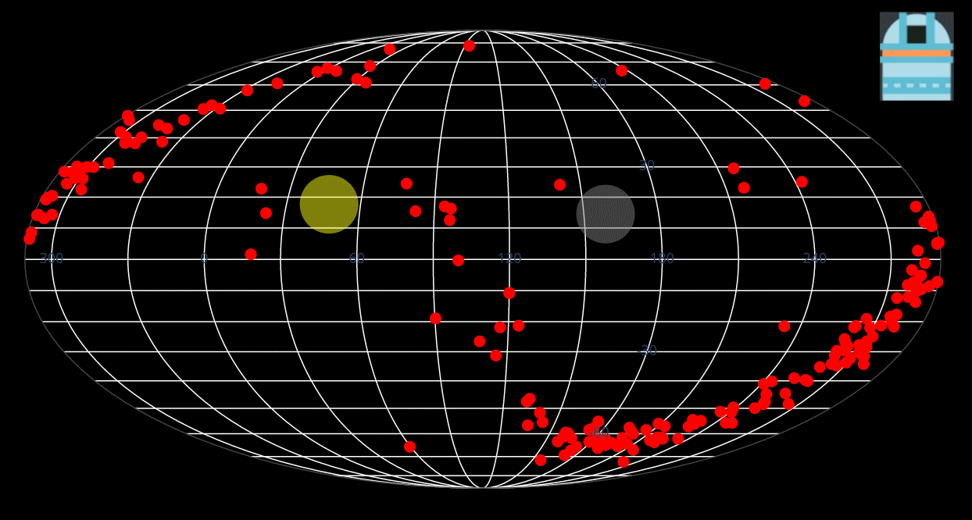 |
